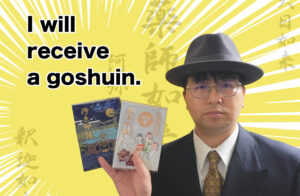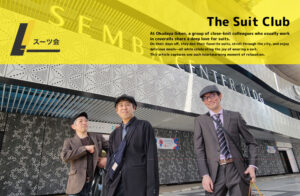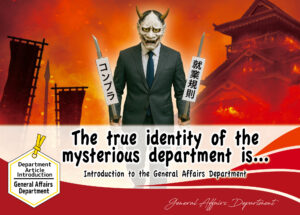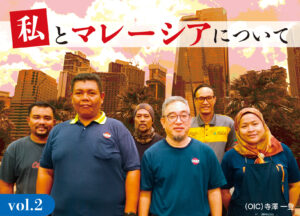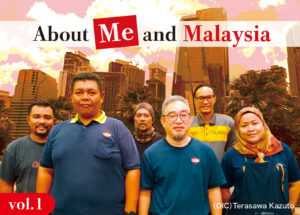"Receiving a Goshuin" | Column by Masahiro Takagi, General Affairs Department, Okudaya Giken
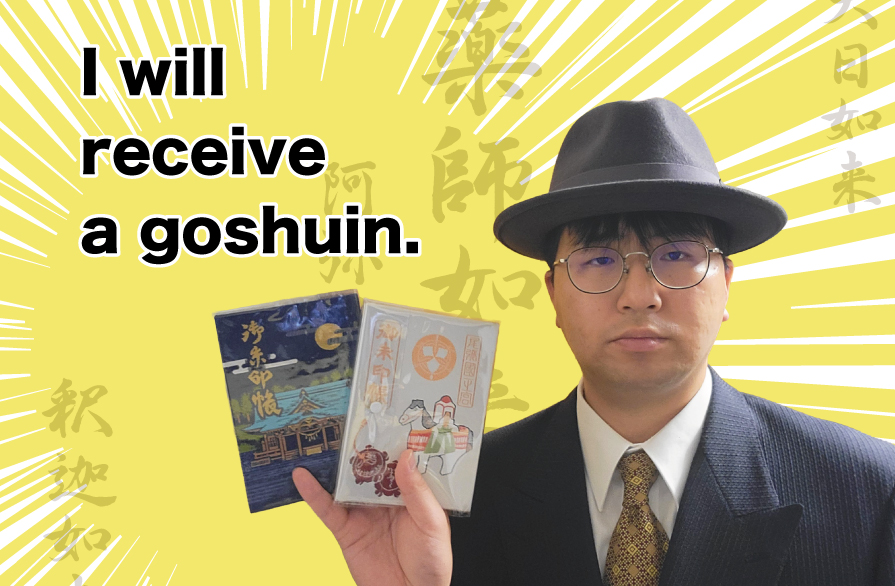
Thank you, as always, for reading our articles.
This is Takaki from the General Affairs Department.
Let me get right to the point—are you familiar with Goshuin?
In recent years, Goshuin have often been featured on social media and in various media outlets, so many people have come to know about them.
There are seasonal designs, intricate cut-paper styles, and the variety seems to keep expanding without limit.
A Goshuin is a stamp or seal that worshippers can receive at shrines and temples in Japan as a record of their visit. It is typically written in calligraphy and stamped in a special notebook called a Goshuincho, which is available at the shrine or temple office.
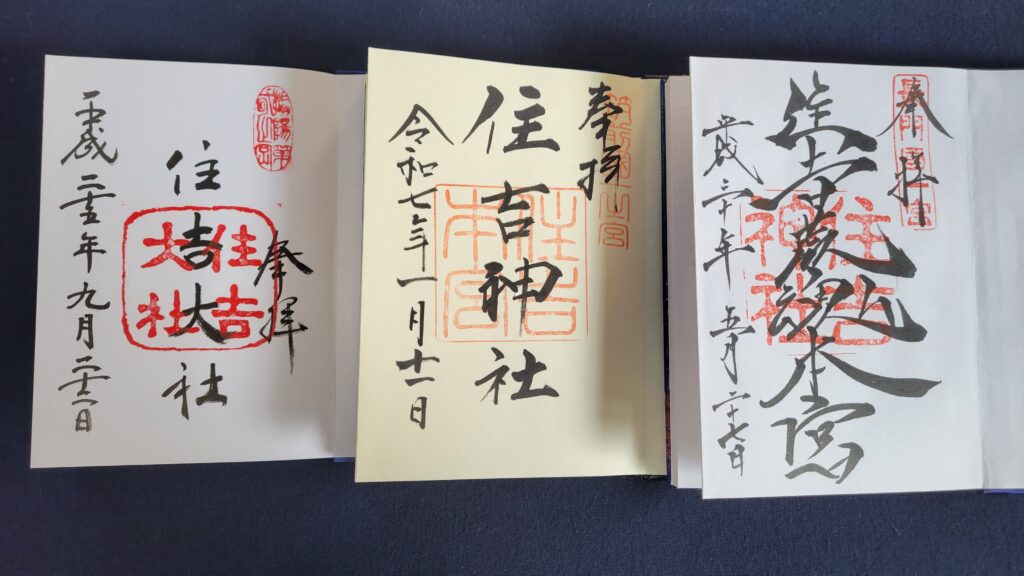
This Goshuin comes from a shrine recognized as one of the Three Great Sumiyoshi Shrines of Japan.
In recent years, more and more temples and shrines have begun offering pre-prepared Goshuin on paper (known as kakioki).
Building on that idea, there are now also collectible stamps, such as Gojōin from castles and Gotetsuin from railway companies, further expanding the hobby aspect.
(I personally haven’t collected those, though.)
Back in my student days, I majored in Japanese art history, particularly Buddhist art, and one hobby I have continued since then is visiting historical sites. Naturally, those sites often include shrines and temples.
It is also quite common for me to receive Goshuin at the places I visit.
I believe everyone has their own way of receiving (or collecting) Goshuin.
As for me, in my shrine Goshuin-chō (stamp books), more than half are organized according to the old provincial system (Ritsuryō-koku). My personal rule is that the very first page for each province must begin with the Ichinomiya—the shrine regarded as the most prestigious within that province.
(Other people might choose to collect only from local shrines, or from temples dedicated to the same Buddha, and so on.)
Because I divided my collection so finely, I now have more than sixty Goshuin-chō.
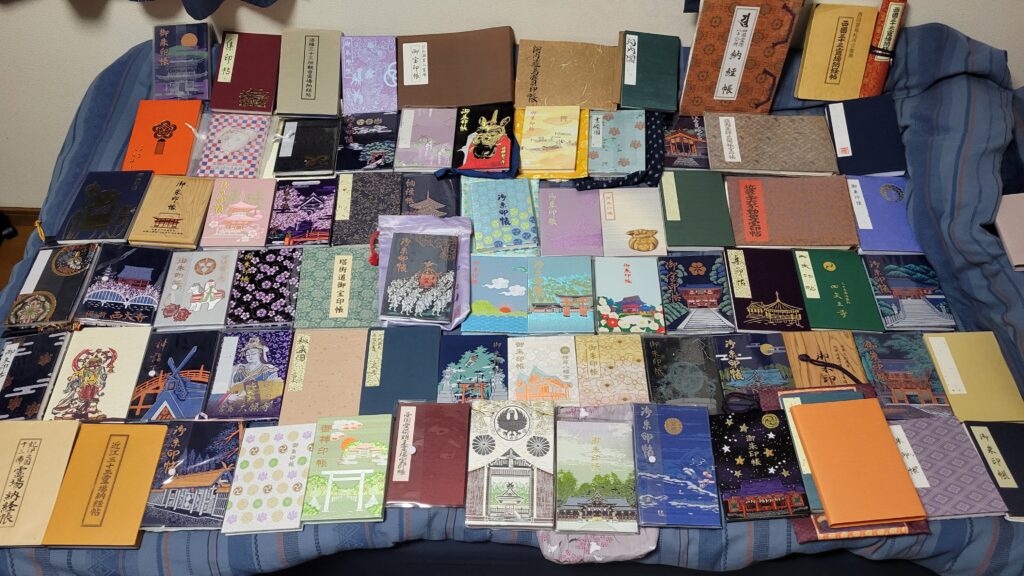
…Perhaps I rushed ahead without giving enough explanation.
The “Ritsuryō provinces” I mentioned earlier refer to the system of regional divisions that existed from the Nara period through the Edo period.
The area where our company is located—Tannoue in Mihara Ward, Sakai City—was known as Kawachi Province up until the Edo period.
Speaking of Sakai City, however, it is actually more widely associated with Izumi Province, which covered the larger portion of the area.
Next, the term Ichinomiya refers—though there are various interpretations—to the shrine regarded as holding the highest rank within a given Ritsuryō province.
A well-known example in Osaka is the Sumiyoshi Taisha, which was the Ichinomiya of Settsu Province.
As for the Ichinomiya of present-day Osaka Prefecture: in Kawachi Province it is Hiraoka Shrine in Higashi-Osaka City, and in Izumi Province it is Ōtori Taisha in Nishi Ward, Sakai City.
A detailed discussion of the Ritsuryō provinces and Ichinomiya would take us too far from the topic of Goshuin, so I’ll save that for another time if the opportunity arises.
This time, I would like to introduce three of my favorite Goshuin-chō (stamp books).
First is the one I use for Harima Province.
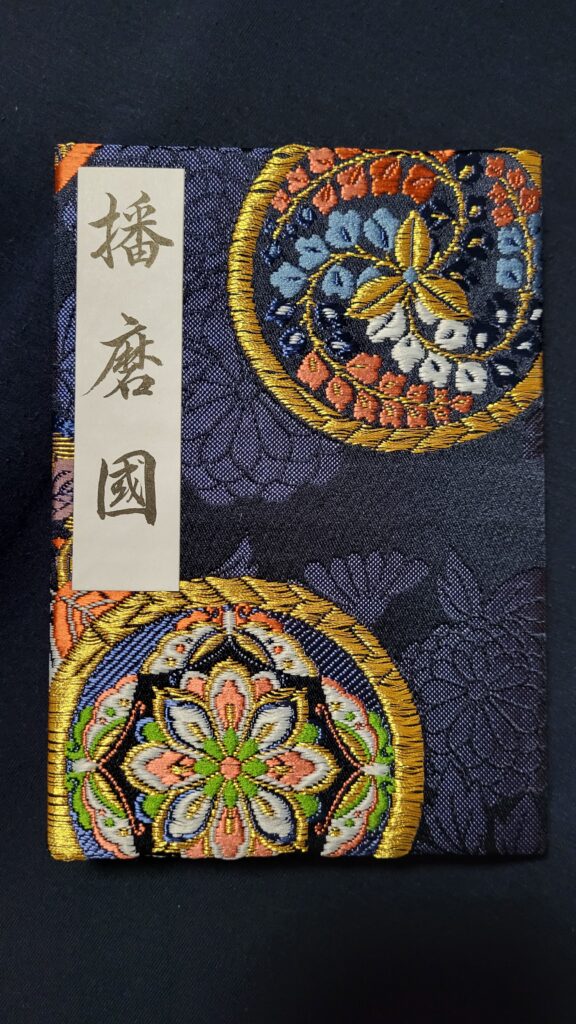
On the opening pages, I have the Goshuin from Iwa Shrine, the Ichinomiya of Harima Province, located in Shisō City—a place name known for being difficult to read (can you read it?).
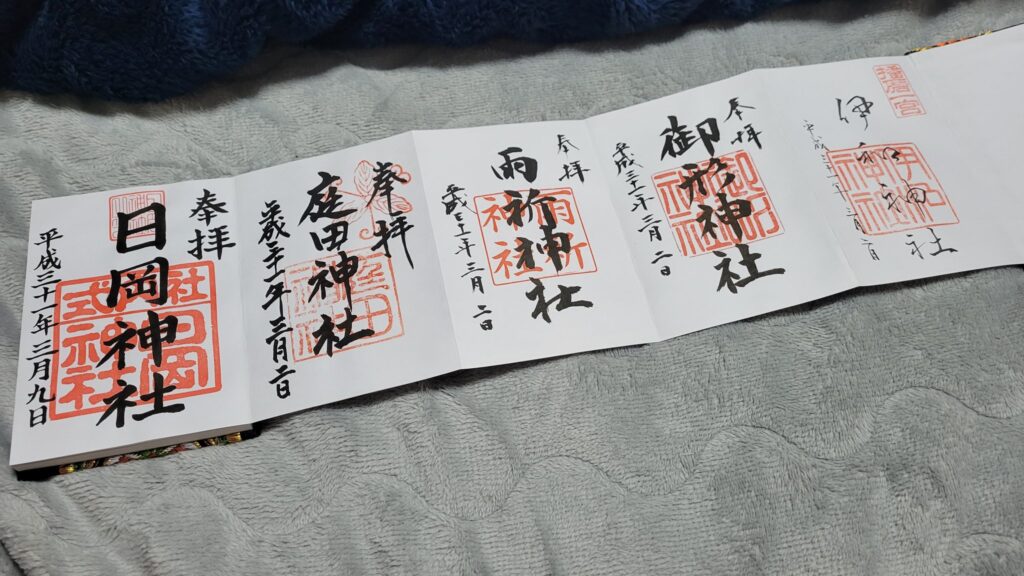
In this area, many shrines and historic sites still remain that appear as settings in the Harima no Kuni Fudoki, a text compiled during the Nara period.
Next is the one I use for Kibi Province.
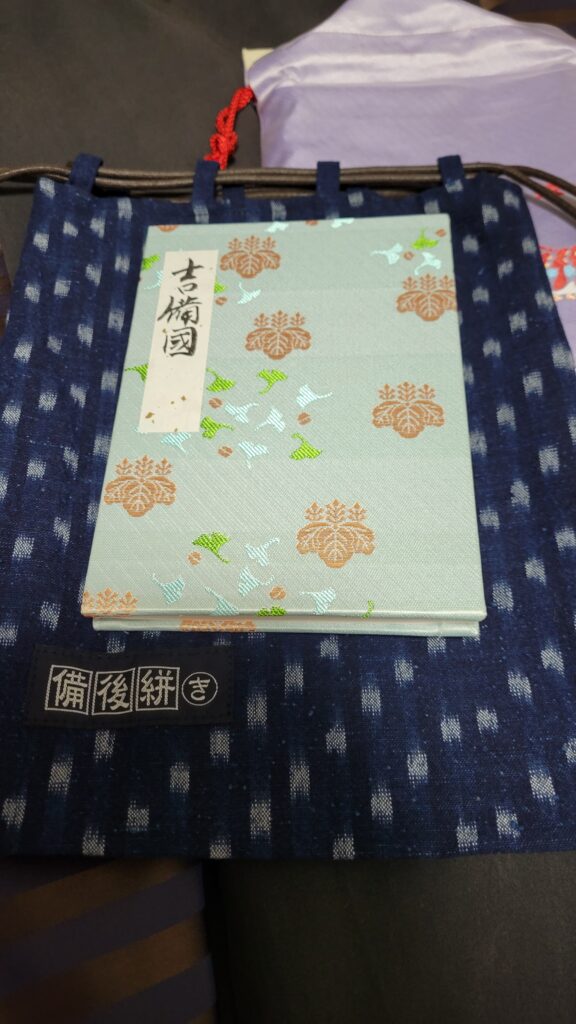
This is a Goshuin-chō (stamp book) along with a Goshuin I received at Kibitsu Shrine, the Ichinomiya of Bitchū Province (present-day western Okayama Prefecture).
The dark blue cloth bag that holds it is made from Bingo-gasuri, a textile produced in Bingo Province (present-day eastern Hiroshima Prefecture), which is regarded as one of the three great traditional kasuri fabrics of Japan.
I purchased it at the Shinichi History and Folklore Museum in Shinichi Town, Fukuyama City, Hiroshima Prefecture—one of the regions known for producing Bingo-gasuri.
Kibi Province was an ancient regional designation under the Ritsuryō system, comprising the four provinces of Bizen, Bitchū, Mimasaka, and Bingo. In modern terms, it covered almost all of Okayama Prefecture and the eastern part of Hiroshima Prefecture. The name “Kibi” predates the establishment of the Ritsuryō provinces in the Nara period.
While I could have divided my collections more finely according to each individual province, I chose instead to group them under the broader name of Kibi so that I can enjoy the differences between the regions as part of my journeys.
Another of my Goshuin-chō is dedicated solely to Benzaiten, one of the Seven Lucky Gods, who is mainly enshrined in Buddhist temples.
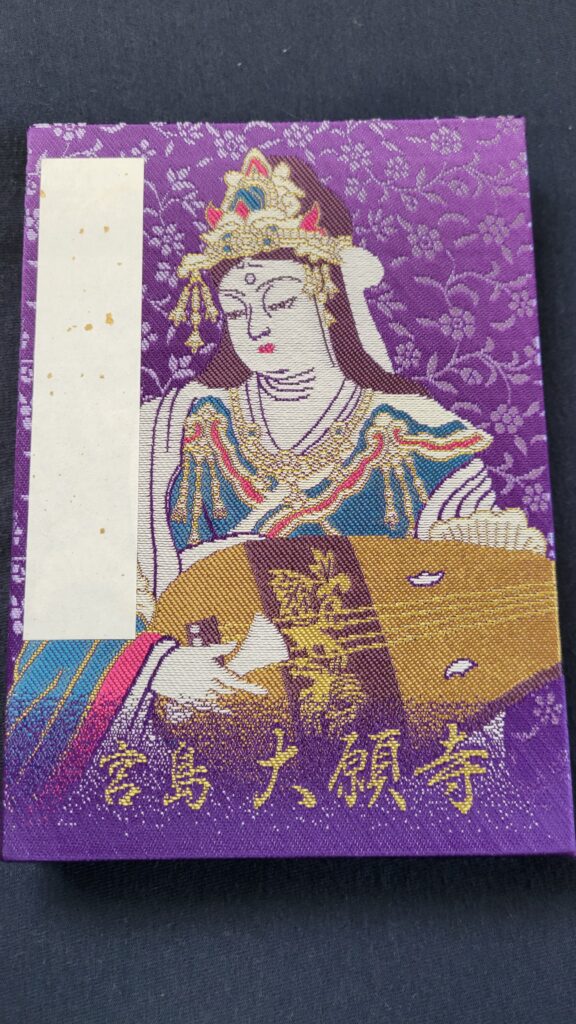
This is from Daiganji Temple on Miyajima in Aki Province, which is well known as one of the Three Great Benzaiten temples of Japan.
The depiction of Benzaiten is beautifully presented, isn’t it?
Across three pages, beginning with the opening spread, I have collected the Goshuin of the so-called Three Great Benzaiten temples of Japan (though there are various interpretations).
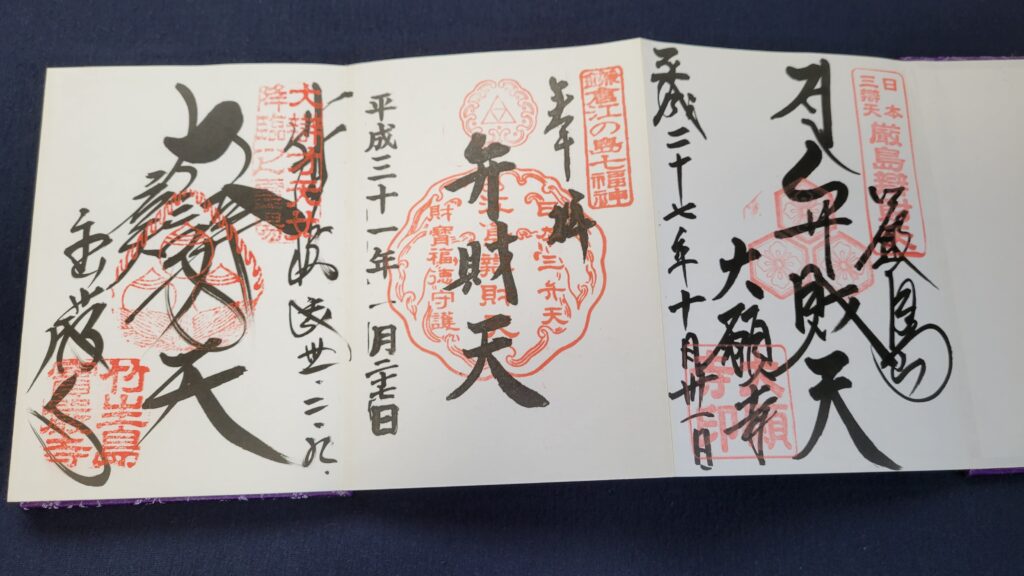
Left: Chikubu Island / Center: Enoshima / Right: Miyajima
I plan to continue collecting the Goshuin of Benzaiten from other sites I visit as well.
Benzaiten is believed to grant blessings for mastery of the arts, but since she was originally a goddess of water, she is often enshrined on islands, near rivers, or at other waterside locations.
Once I start talking about this, there’s really no end to it…
If I continue at this pace, it will never finish, so I’ll stop here for now. Hopefully, I will have another opportunity to introduce some of my personal collections in a similar way.
If any of you also collect Goshuin, I would be delighted to hear your stories.
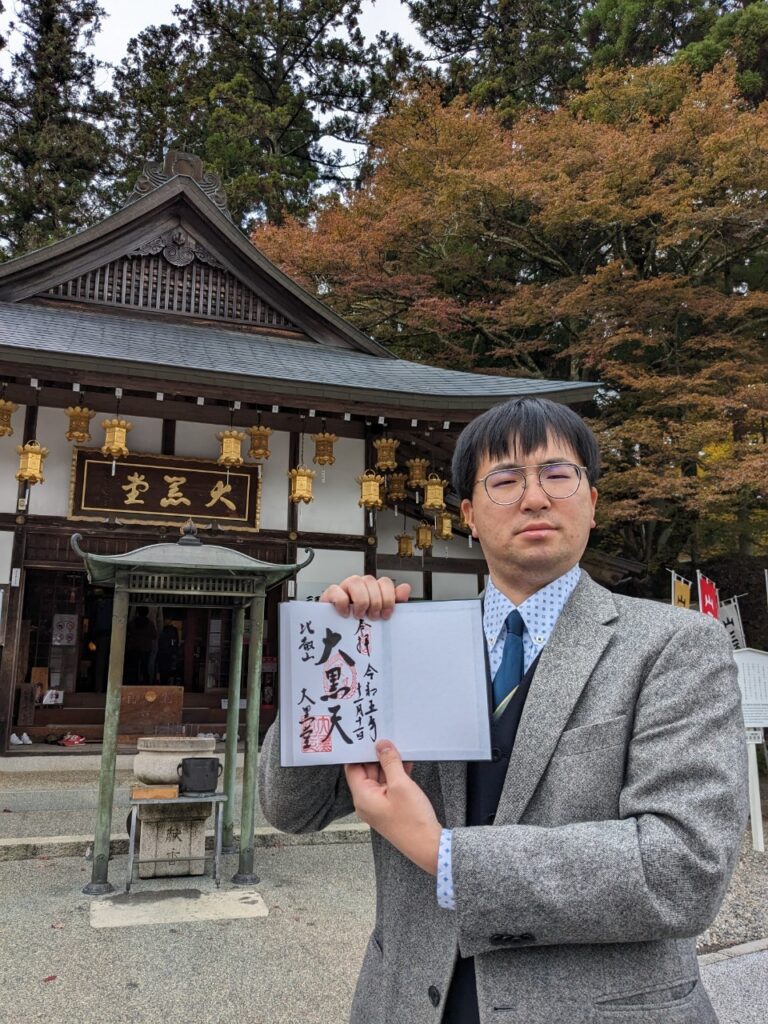
This is a photo of a Goshuin I received at Daikokudō on Mount Hiei.
Thank you very much for reading all the way through.
Date of Contribution: September 2025
Author: Masahiro Takaki
General Affairs Department
Okudaya Giken Co., Ltd.

